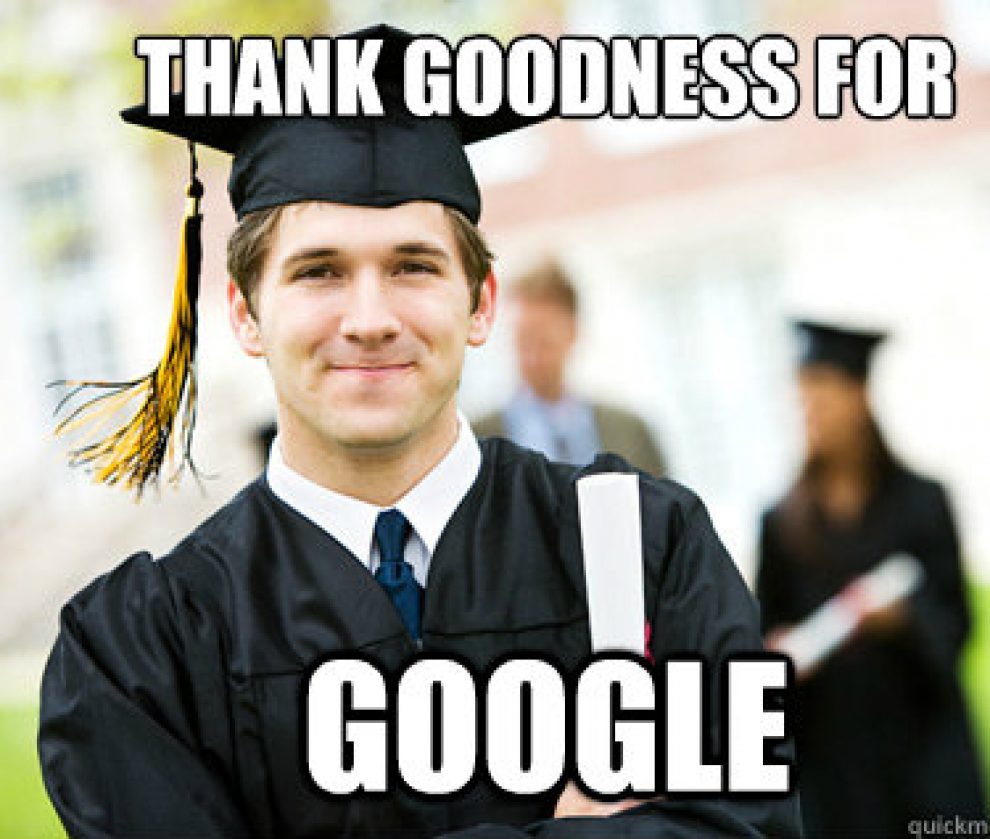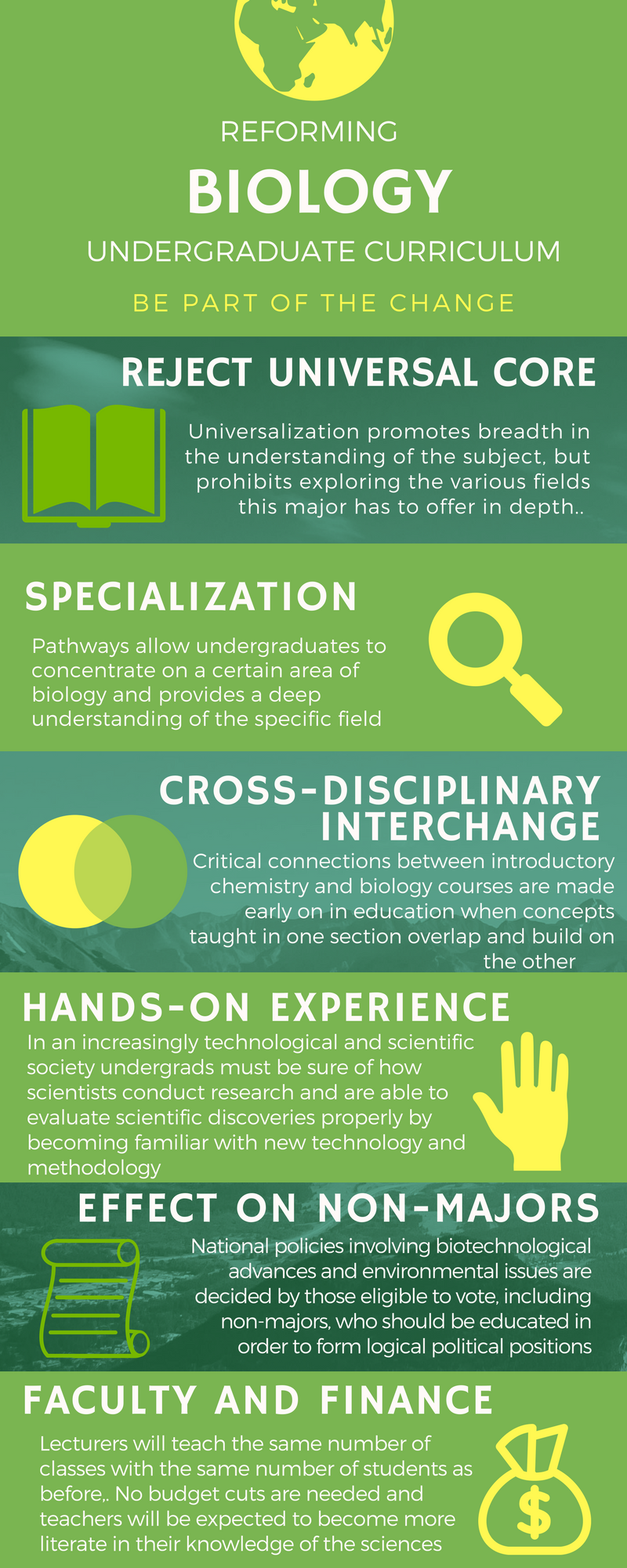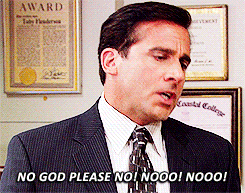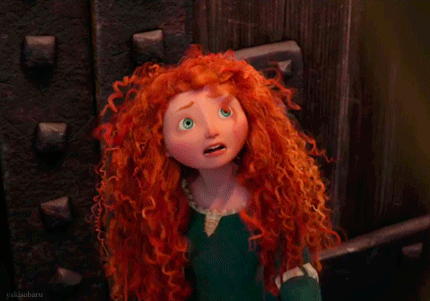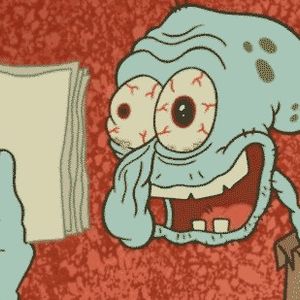As the quarter comes to an end and it’s time to close the chapter of my freshman year of college, I’ve had some time to reflect on my research process throughout my Critical Thinking and Writing class over the last ten weeks.
I feel as though my skills as a researcher really improved. My process in conducting and reporting research was enriched with all of the sources we studied in class such as BEAM writing, the 6 C’s, and learning to enter an ongoing conversation by making an argument and including my own personal views in my writing.
BEAM allowed me provide my readers with background, exhibits, arguments, and methods. In using this outline for the research process, I was able to achieve a critically strong understanding of the subject of interest, and convey my research in a way that was thorough and clear to my audience.
As a recap, the 6 C’s are:
- Content: What is the main idea? For documents, list important, points/phrases/words/sentences. For images, describe what you see.
- Citation: Who created this and when? What type of source is it?
- Communication: What is the author’s bias or point of view? Who is the intended audience? Why was the source created? What is the tone of the document or image?
- Context: What is going on in the world, country, region or locality when this was created? What other sources might help provide answers to this question? What else do we need to know to better understand the evidence in this source?
- Connections: How does this connect to what you already know? To what other academic or popular conversations does it connect?
- Conclusions: What contributions does this make to our understanding of research, student life at SCU, or a topic of relevance to your fellow students? How does this text (and/or your experience locating it, reading it, and making sense of it) relate to our class readings? How did you come to these conclusion?
This was also another outline that helped my organize my research and arguments, and provided me with a checklist when revising my drafts.
I think this quarter really helped me find my voice when writing. I have always been taught to never use “I” in an essay, nor include personal views of any sort. I felt the most confident I have ever felt when writing an essay or research paper, and was actually excited to complete each assignment. I will miss this class, but feel as though my writing skills became enriched with new strategies and ways to communicate that I had never learned before, and I am excited to apply what I have learned in other classes.
Signing off for good,
-FH
